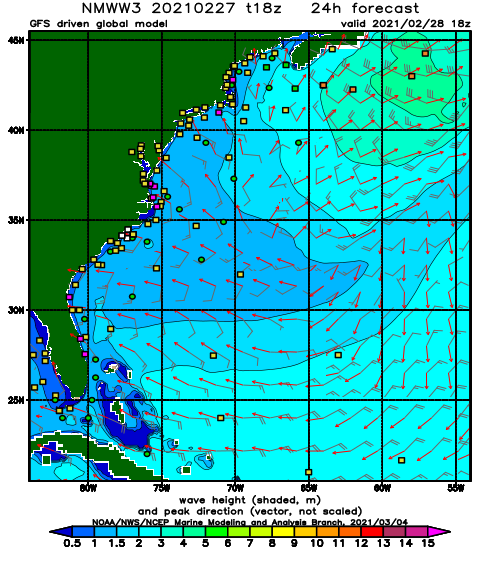Wave Power Forecasting

Introduction to Wave Power Forecasting
Wave power forecasting involves predicting the energy production from wave energy converters (WECs) based on wave conditions and other influencing factors. Accurate forecasting allows for efficient grid integration, effective maintenance scheduling, and optimal power system operation. Various methods, such as statistical models and numerical simulations, are used for wave power forecasting.
Question 1: What is Wave Power Forecasting?
a) Predicting wave heights and wind speeds
b) Predicting the energy production from WECs based on wave conditions
c) Predicting ocean currents and tidal movements
Answer: b) Predicting the energy production from WECs based on wave conditions
Data Collection for Forecasting
Wave power forecasting requires the collection of wave data, such as wave heights, periods, and directions, from various sources. Data collection methods include wave buoys, satellite measurements, and numerical models. Historical and real-time data are used to train and validate forecasting models.
Question 2: What types of data are collected for Wave Power Forecasting?
a) Solar radiation and temperature data
b) Wave heights, periods, and directions
c) Wind speeds and precipitation levels
Answer: b) Wave heights, periods, and directions
Forecasting Models and Methods
Wave power forecasting involves the use of various models and methods to predict energy production. Statistical models, such as regression analysis and artificial neural networks, are commonly used. Numerical models, such as wave propagation models and spectral wave models, provide detailed wave characteristics for forecasting.
Question 3: What models and methods are used for Wave Power Forecasting?
a) Wave buoys and satellite measurements
b) Statistical models and numerical simulations
c) Wind turbines and solar panels
Answer: b) Statistical models and numerical simulations
Integration with Power Systems
Wave power forecasting plays a crucial role in the integration of wave power into existing power systems. Accurate forecasts enable effective scheduling and dispatch of wave power, allowing for optimal utilization of this renewable energy source. Integration with power systems also requires considering other factors, such as grid connection and market mechanisms.
Question 4: How does Wave Power Forecasting contribute to the integration of wave power into power systems?
a) By predicting wave heights for safety purposes
b) By enabling effective scheduling and dispatch of wave power
c) By regulating ocean currents and tidal movements
Answer: b) By enabling effective scheduling and dispatch of wave power
Benefits and Limitations
Wave power forecasting offers several benefits and has certain limitations:
- Benefits: Improved grid integration, optimized maintenance planning, and increased economic viability of wave energy projects.
- Limitations: Uncertainty in wave forecasts, limited availability of wave data, and the complexity of wave interactions.
Question 5: What are some benefits and limitations of Wave Power Forecasting?
a) Benefits: Increased wave energy production, Limitations: High costs
b) Benefits: Improved grid integration, optimized maintenance planning, Limitations: Uncertainty in wave forecasts
c) Benefits: Reduced environmental impact, Limitations: Limited availability of wave data
Answer: b) Benefits: Improved grid integration, optimized maintenance planning, Limitations: Uncertainty in wave forecasts